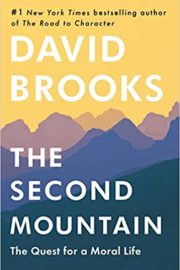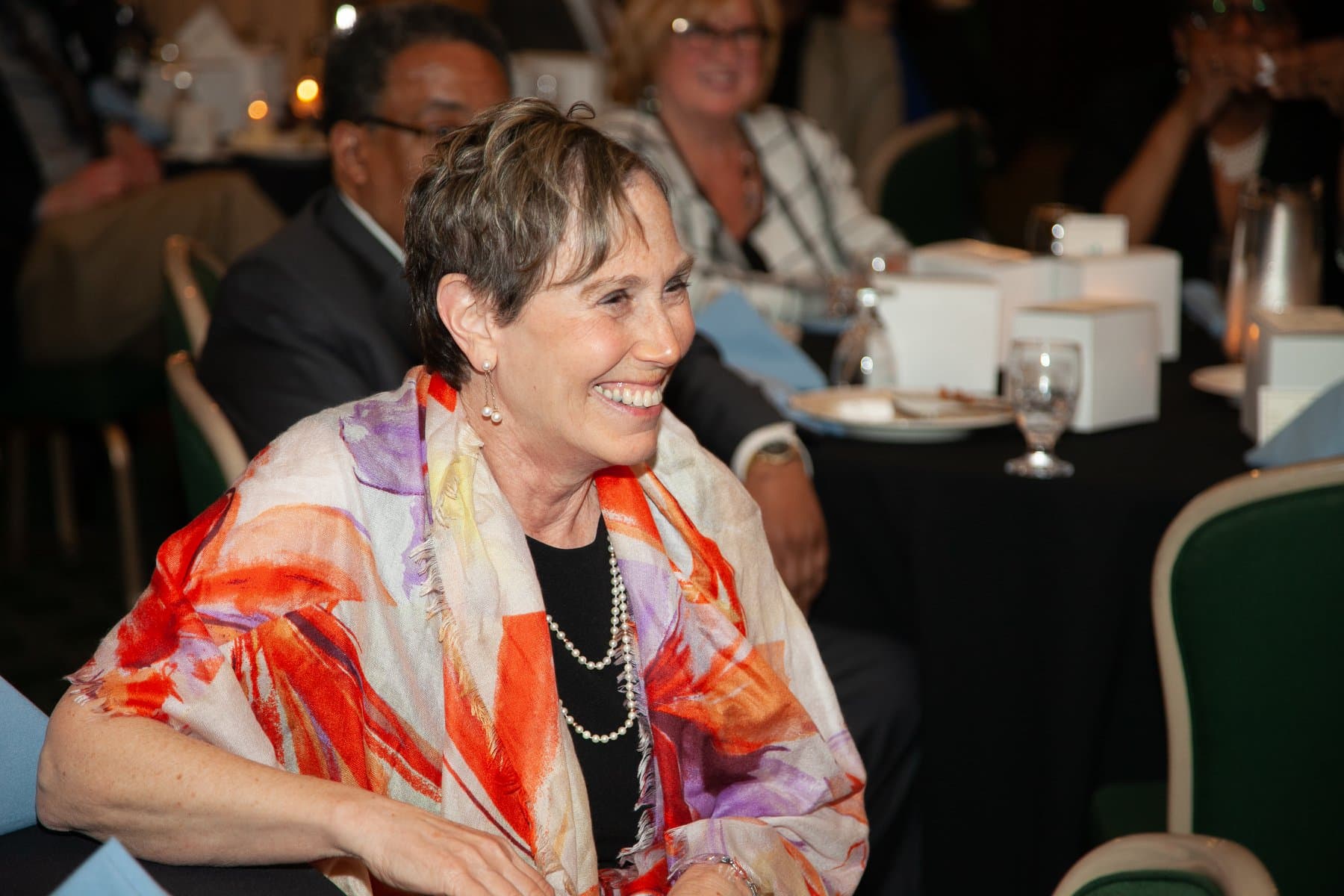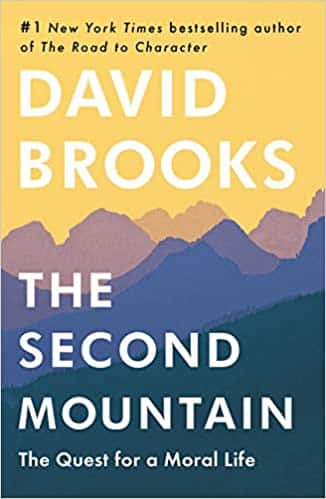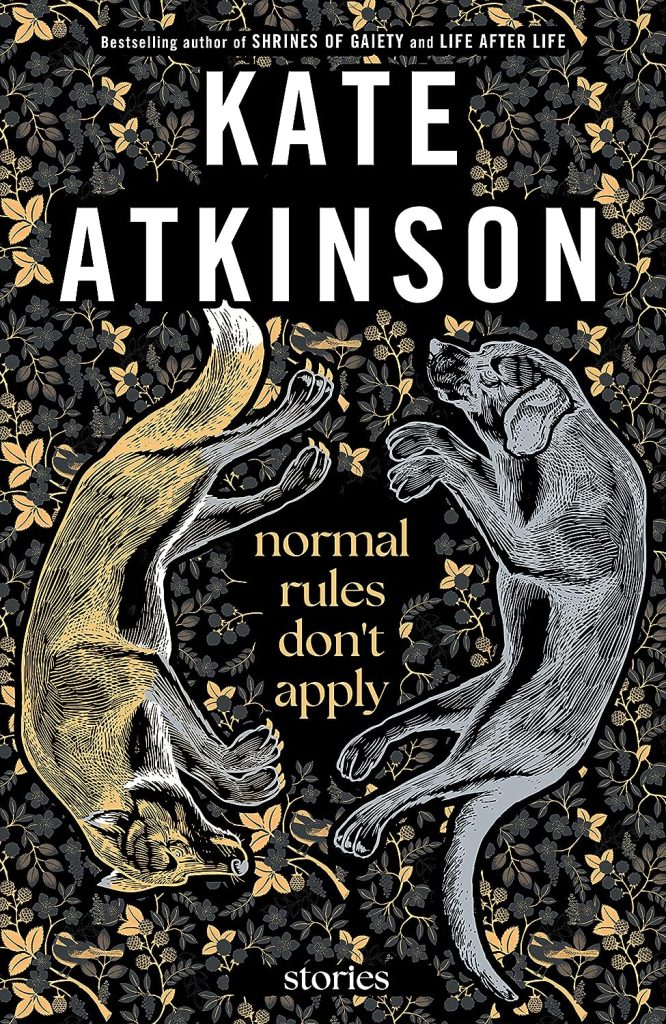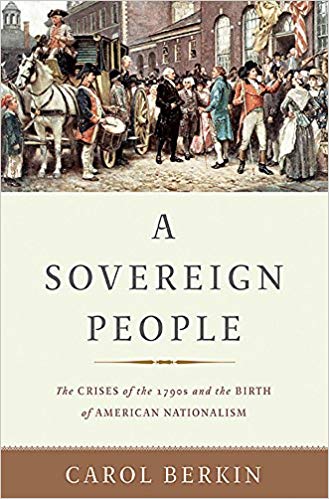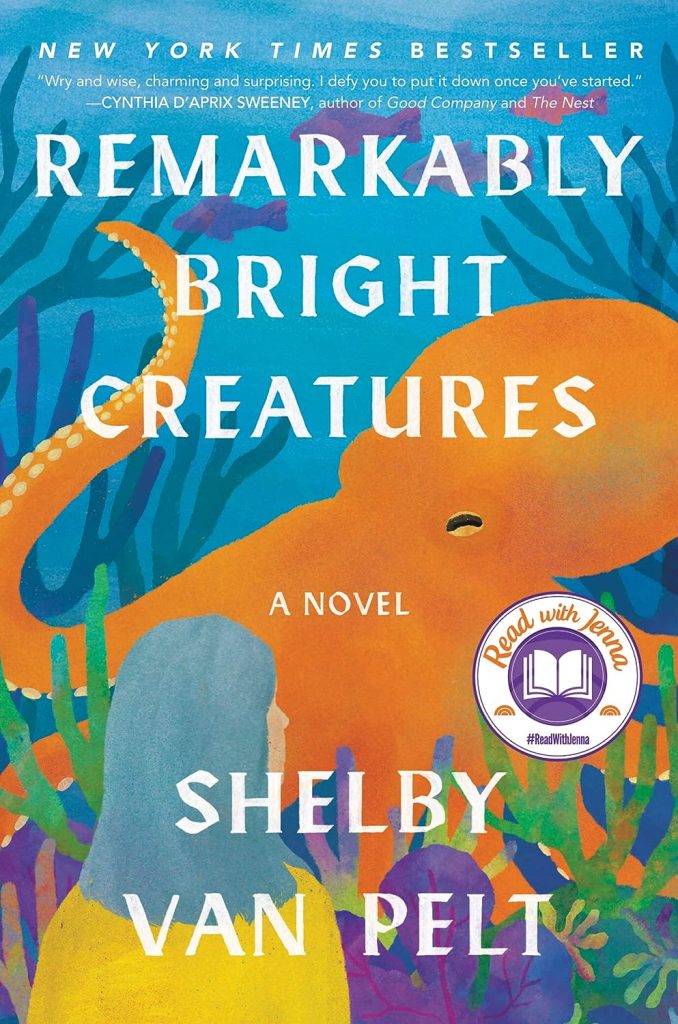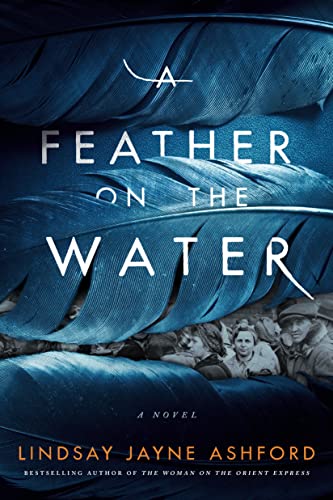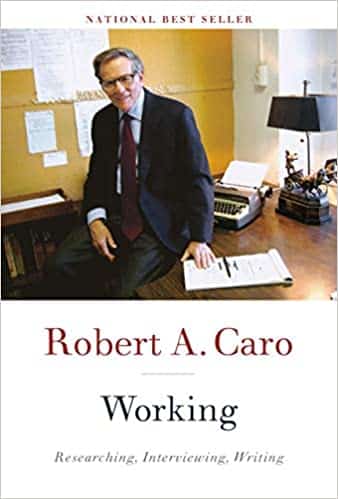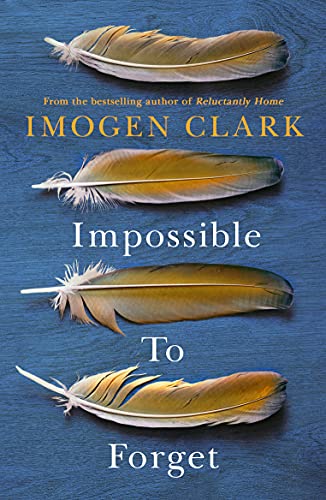When I read The Second Mountain, it became clear that Jan and I never even attempted to climb the first mountain. We were constantly climbing the second mountain. We had chosen to do work that repaired the world; we both had a faith community and lived in a community. All we were missing as far as commitments when we met was each other. Our love for each other provided the missing link and allowed us to climb to the top of the second mountain.
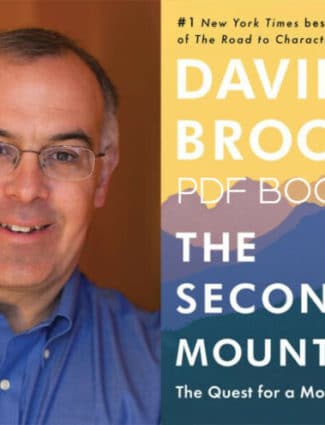
Climbing the Second Mountain with Jan
Estimated reading time: 1 minute, 16 secondsWhen I read David Brooks‘s The Second Mountain: The Quest for a Moral Life, it became clear that Jan and I never even attempted to climb the first mountain. We were constantly climbing the second mountain. Mr. Brooks “explores the four commitments that define a life of meaning and purpose: to a spouse and family, to a vocation, to a philosophy or faith, and to a community.”
We had chosen to do work that repaired the world; we both had faith communities and lived in communities. When we met, all we were missing as far as commitments were each other.
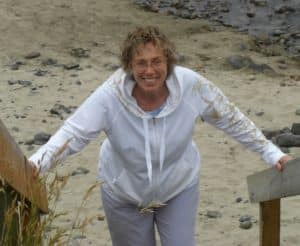
“On the second mountain, life moves from self-centered to other-centered,” wrote Mr. Brooks.
As we climbed the second mountain, Jan and I became interdependent, not independent; we lived a life of commitment, not one about us.
In this new phase of my life, I know one self-evident truth: the love Jan and I shared will never die!
The Jan Lilien Education Fund sponsors ongoing sustainability and environmental awareness programs. Gifts made this month; I will match dollar-for-dollar. All donations are tax-deductible.
I receive a commission when you buy a book or product using a link on this page. Thank you for supporting Sharing Jan’s Love blog.
